Indigenous people of Bangladesh are hiding new colors in their clothes. Indigenous peoples have all the characteristics of a distinct ethnicity. Indigenous people surrounded by an endless mix of different lifestyles, diverse cultures and unique art styles. Ancient traditions, culture and language have been carried in their society by the flow of time. Let's find out today about some indigenous communities-
Santal :
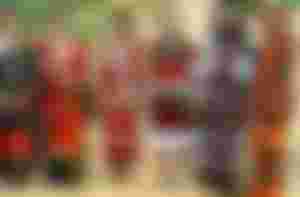
Santals are one of the oldest and largest ethnic groups living in northwestern Bangladesh. They settled in the northern districts of Dinajpur, Rangpur, Bogra, Naogaon, Thakurgaon and Panchagarh. Apart from the Tebhaga and Swadeshi movements and the war of independence of Bangladesh, the Santals have actively participated in various historical events. They identify themselves as ‘har’ — that is, as human beings.
They live in small earthen rooms with low doors, almost without windows. Cleanliness is one of their characteristics. Santal women love to wear bracelets, hammocks, stools, etc. and put flowers on their heads. Santals wear ‘Panchi’, ‘Panchatat’ and ‘Matha’. However, men wear dhoti, lungi, genji, towel and women also wear hand-woven sari.
There are six types of marriages among the Santals and only external marriages are practiced. According to the choice of the guardian, the marriage is called 'Danguyabapala' in Santali language. The Santals are mainly farmers. Agricultural machinery is made by themselves. Respectfully puts drops of vermilion in them.
They celebrate festivals like Nabanna, Holi, Sohrai, Dasai, Baha etc. They have their own songs, culture and dance styles. Madal, Dama and Flute are their main instruments. Their main food is rice. Besides, it eats fish, chicken, rats, beji, rabbits, snakes, vegetables, pigs, crabs etc. In Santali, the deity is called 'Bonga'. Their main deity is the sun. The god of the mountains is 'Marangmuro' and the name of the house god is 'Bonchar'. Although there are rules for cremation, at present they bury dead bodies financially.
Marma :

The Marmas are the second largest ethnic group in Bangladesh. They are ethnically Burmese or descendants of Burmese. The name Marma originates from ‘Mraima’. Which or not comes from Myanmar nationalism. The language of the Marmas is a dialect derived from Burmese. Their alphabet is called ‘Marmaja’ or ‘Marimacha’. Marma men wear ‘deyah’ from waist to knee. Some wear long clothes from the waist down to the ankles called ‘khiyak’. He wears a garment called 'Barista' on the surface and a turban called 'Khabang' on his head. Women wear ‘Bedai Ungi’ on the upper part and ‘Thubing’ or ‘Thami’ on the lower part. Lungi is also worn by both men and women.
Their social system is patriarchal and the share of son and daughter in the inheritance of father's property is equal. The Marmaras are Buddhists and their scripture is Khadutiang. One of their religious and social festivals is Sangriya, Buddhist full moon, Kathin Chibar Dan, Wahgai, Washo Poye, Poingjra Poye etc. Marmaras eat rice, vegetables, fish-meat, fruits-roots, tubers. Special food like Tohja, Napi or Awangpi. They work zoom farming, day labor, basket making, hand weaving. Marmaras are also slowly becoming educated in modern education.
Garo :
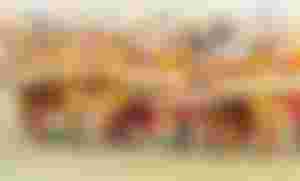
The Garos identify themselves as ‘mandi’ which means people. They are the indigenous community of Mymensingh and Sylhet. They have strong medium body, flat nose and small eyes. Their original religion was called Sansarek. The chief deity of the Garos is Tatara Rabuga. The language of the Garos is Mandi.
Garos eat chickens, ducks, cows, goats, pigs etc. They do not eat cow's milk. Cats do not eat because they are the totem of cats. ‘Nakham Curry’ made from dried fish is their favorite food. Wine is one of their favorite drinks. Tribal marriage is forbidden among the Garos. The Garos believe in a matriarchal society. In society, sons are neglected and after the death of the mother, the daughter has no responsibility towards the father. Although their original occupation was jum farming, at present they are involved in various occupations besides modern agriculture.
Jaintia:

The physical structure of this group, which belongs to the Synteng family, is Mongoloid. Some of them live in Jaintapur upazila of Sylhet. They have their own language but no alphabet. The literacy rate of the Jains is about 80 per cent which is the highest among all the tribes of greater Sylhet. Jaintia women wear their traditional attire and tie similar clothes to the Khasias on their heads.
They mainly cultivate, produce betel, betel nut etc. Pork is one of their favorite foods. Also likes to eat rice, vegetables, fish, mutton, chicken, milk and dairy products, tea etc. ‘Haktai’ is one of their festivals which is celebrated for two days. Believing in the proverb ‘the more dance, the more yield’ - he dances in his own style at different festivals.
Tripura:

Tripuras live in the Chittagong region. They speak Cockburn or Hilam. They have no alphabet of their own. Men wear khabang, dhoti and girls wear thami, ring-nai, khadi. The national costumes for men and women are Rimtai, Kubai and Rinai, Risa respectively. Women also wear different types of jewelry. In addition to their own deities, many also worship some Hindu deities. They are engaged in other occupations besides farming.
Manipuri :
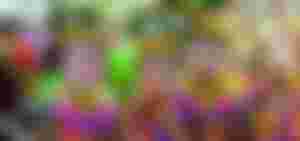
They are residents of Sylhet in Bangladesh and Manipur in India. Their language is Meitei Lawn. They are divided into Vishnupriya, Maitai and Pangan. Their culture is very rich, the main ones being their songs and wonderful dances. Apocalypse and Chaitanya believe in traditional religions. Dol dances in the open field on the full moon. One of their festivals is Raspurnima. Manipuris are very skilled in handloom cloth and handicrafts.
Mro or Murang :

The singular of the word Murang is ‘Mro’ which means man. In Mro language they call themselves Marucha. The girls wear ‘Wankai’ and the men wear ‘Dong’. The boys comb their heads and the girls put flowers. Marriage in the same tribe is forbidden. Uses body coating. Nature worshipers and believers only in this world. They have their own dance and use of flute called klong.
Stay safe and savre lives;
Thanks to everyone for reading this article
Give feedback
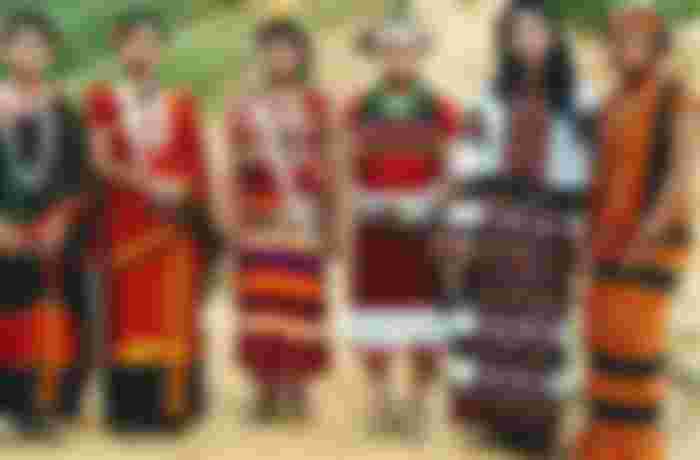
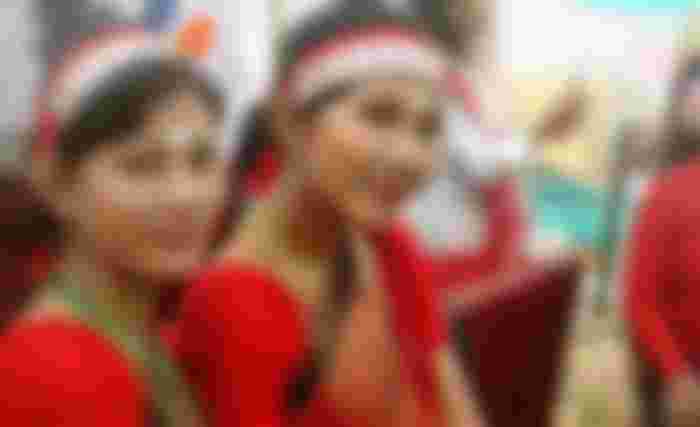


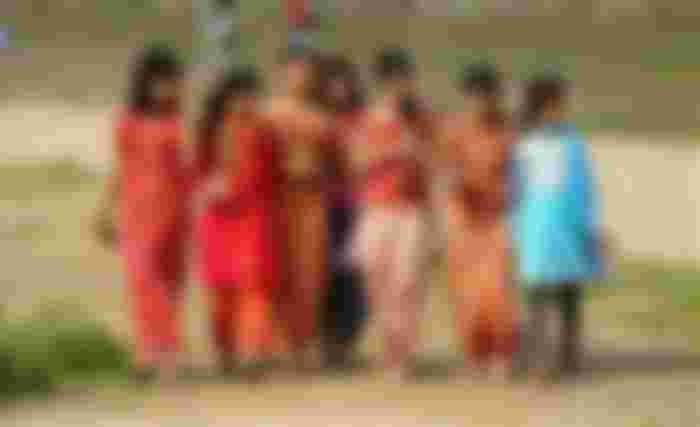
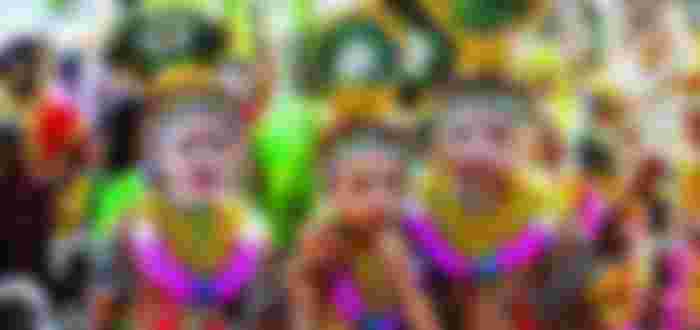
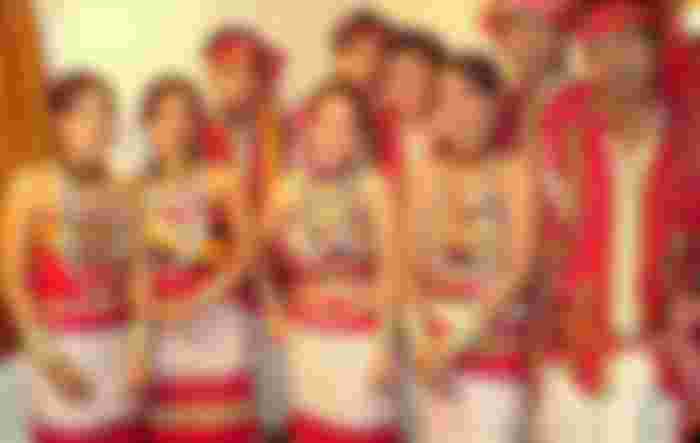
They make our culture more reach.